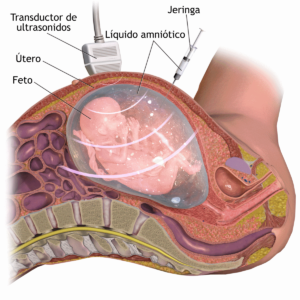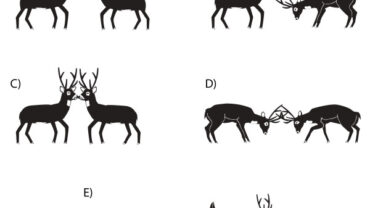Amniocentesis
amniocentesis Amniocentesis is the removal of about two tablespoons of amniotic fluid via a needle. Inserted through the maternal abdomen into the uterus and amniotic sac. This is done to gain information about the condition, and even the sex, of the fetus. The fluid contains cells from the fetus and placenta.
Some women have a greater chance of giving birth to a baby with a chromosome problem. And amniocentesis can provide the answers if performed at about 16 weeks gestation (second trimester) or later. Chromosome analysis and alpha-fetoprotein (AFP) tests are two such tests. These check for chromosome abnormalities such as Down’s syndrome and whether there are any openings in the fetal skin, such as in the spine, that could lead to neural-tube defects like spina bifida or anen- cephaly, or inherited disorders such as cystic fibrosis.
While the procedure is relatively safe. Some problems that can occur are miscarriage, cramping, and infections (less than 1 in 1,000).
Amniocentesis can also be performed during the second and third trimesters. To determine fetal lung maturity, to verify the health of the fetus in cases of Rh sensitivity, and to identify any infections.
First used in 1882 to remove excess amniotic fluid, it is often used in late pregnancy to test for anemia in fetuses with Rh disease. And to check if the fetal lungs are advanced enough for delivery to occur.





